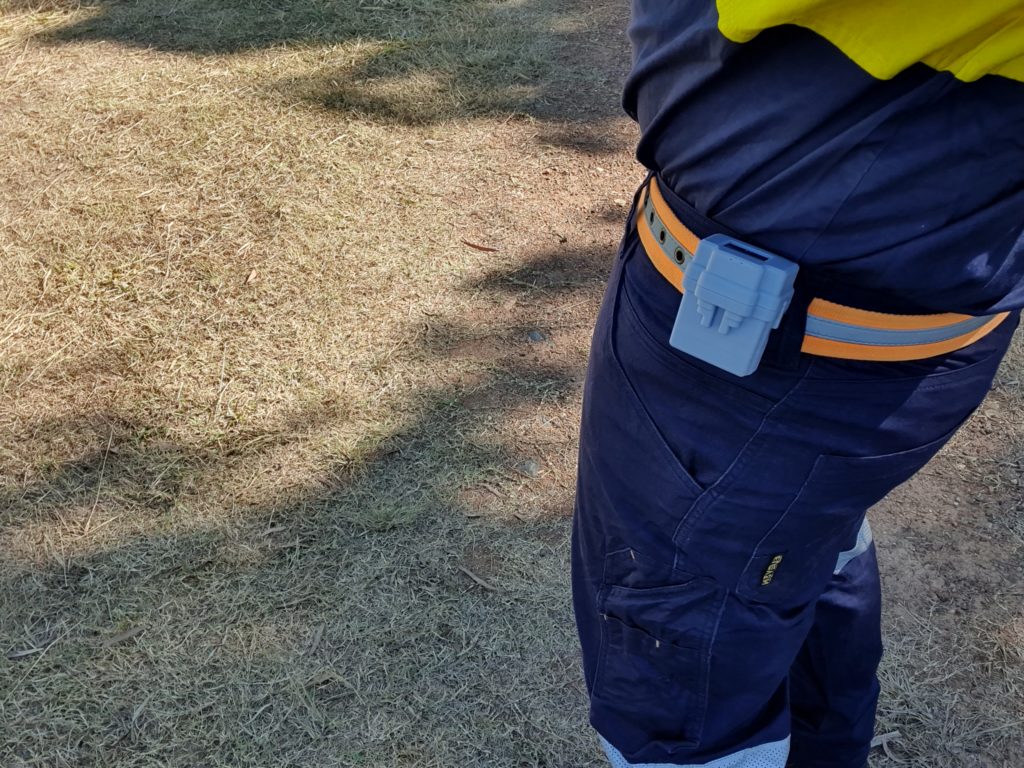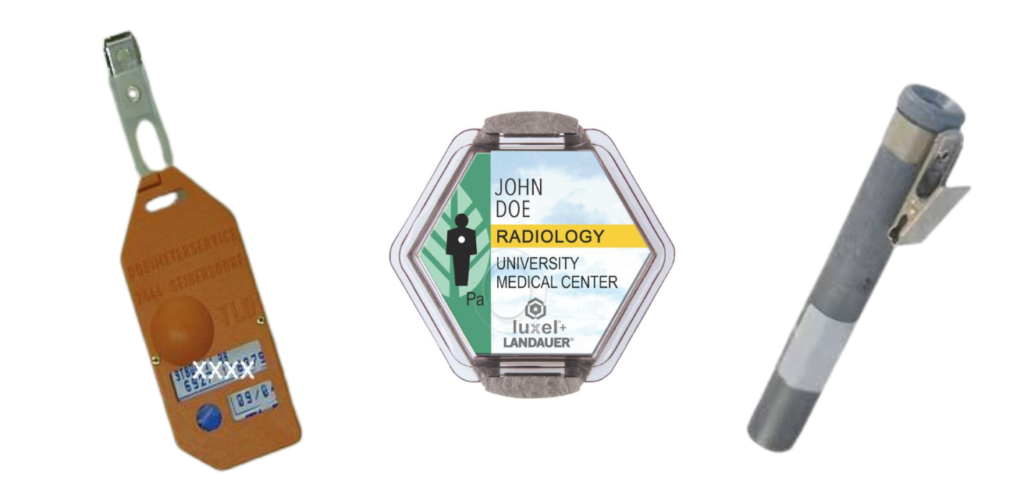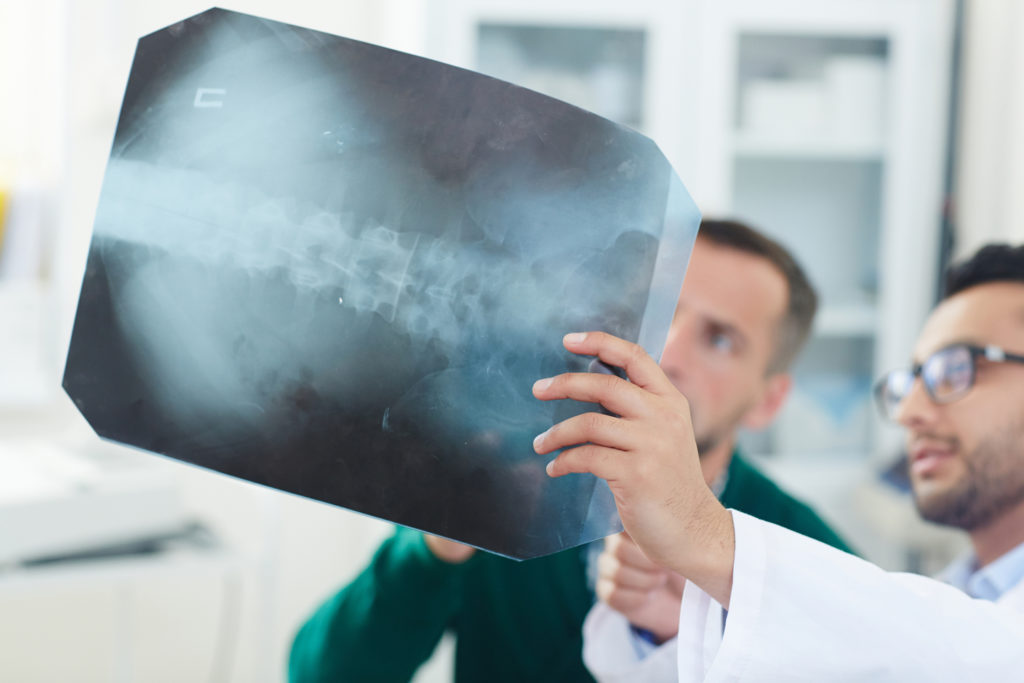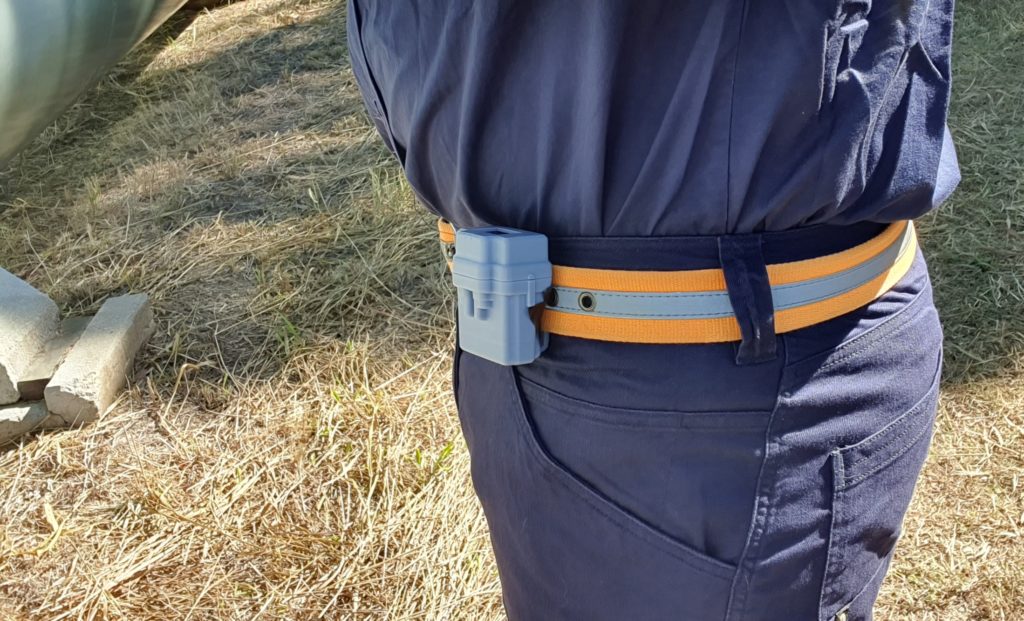All of us are exposed to natural and man-made background radiation every day but for some workers, there are more radiation sources that contribute to their annual radiation exposure.
Radiologists, uranium mining workers, flight attendants – there are various jobs that work with radiation. To ensure their safety, there are usually area radiation monitors in the workplace. But aside from these area monitors, there are radiation monitors for the individual.

In Australia, radiation protection regulation varies per state but in general, an employer must issue a personal radiation monitor to each radiation worker in their employment.
There are exemptions to this rule like those working with plain dental X-ray apparatus. If it’s not mandatory, they can instead place a monitor at a point of interest. But even exempt, an employee can wear a personal monitor if they want one.
Types of Personal Radiation Monitoring Devices
Personal radiation monitoring devices (PRMDs) are radiation sensors “designed to measure, over a specified period of time, the radiation dose received by a person who is occupationally exposed to radiation.”
There are different types of PRMD for various radiation types: alpha, beta, gamma, x-ray or neutron.
FILM BADGES
Typically worn between waist and collar, a film badge is a piece of radiation sensitive film inside a light proof envelope. It measures and records exposure due to gamma rays, X-rays and beta particles.

These are single-use and similar to X-ray where the blackening of the film is linear to the dose. The more radiation exposure, the black the film will be.
Advantage: It’s reasonably priced and provides a permanent record.
Disadvantage: If you need instant results, film badges are not suitable. The films need to be developed first.
PERSONAL DOSIMETRY
These are reusable, usually recording a dose which is the absorbed radiation energy (Gy) or the equivalent dose (Sv). These are either passive or active devices.

- Thermoluminescent Dosimeter (TLD) – Usually in the form of badges, watches or rings, TLD consists of a phosphor-containing solid crystal structure. Upon exposure the phosphor interacts with the ionising radiation and the light emitted from the crystal is proportionate to the exposure. Like film badges, TLDs are applicable where real time info is not needed. There are no instant results.
- Luxel Dosimeter – This should be worn facing the radiation source. It works using optically stimulated luminescence (OSL) technology, where a radiation-sensitive aluminium oxide sheet is sealed in a light and moisture proof packet. This sheet gets exposed and when irradiated with a certain wavelength of light, the trapped electrons release energy in visible light. This emitted light is proportional to the radiation dose.
Said to be the “most sensitive” among personal radiation monitors, Luxel can determine the energy and type of radiation through a series of filters.
- Pocket Dosimeter – Unlike the first two, pocket dosimeters can provide real time and immediate results on X-ray and gamma radiation exposure. The most common types used in industrial radiography are the Direct Read Pocket Dosimeter and the Digital Electronic Dosimeter.
A Direct Read Pocket Dosimeter usually looks like a fountain pen and is reusable. It uses an extremely sensitive fibre electrometer type voltmeter and a small volume of air to measure. To read it, look at a light source through the instrument’s eyepiece.
On the other hand, a Digital Electronic Dosimeter uses Geiger-Müller counters to record dose information and dose rate. It collects output and once it reaches the specified limit, it emits a charge that triggers the counter.
This cannot store data but can be linked to a software to receive and store readings.
Occupations That Need Personal Monitoring

Career fields that work with radiation include medical, dental, chiropractic, scientific research, borehole logging, industrial and mining. Depending on the regulations and the indicated exemption, radiation workers must be provided personal radiation monitoring devices. These are usually worn for 3 months and can help determine if a company needs to do adjustments in work practices.
Special precautions are applied to pregnant workers.
SensaWeb Wearable Radiation Monitoring Devices
From mining to the medical sector, different facilities can benefit from SensaWeb’s real time radiation monitoring. Multiple units can be installed in fixed positions or in vehicles, which allows organisations to keep track of radiation levels in remote facilities.

Our monitors are WEARABLE, too! Real-time monitoring, reporting and tracking of source movements help in assuring the safety of your staff. For more information, connect with us here or our email address: info@sensaweb.com.au. You can also call us at +61 415 409 467.